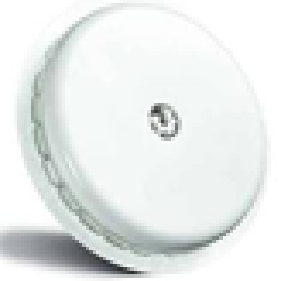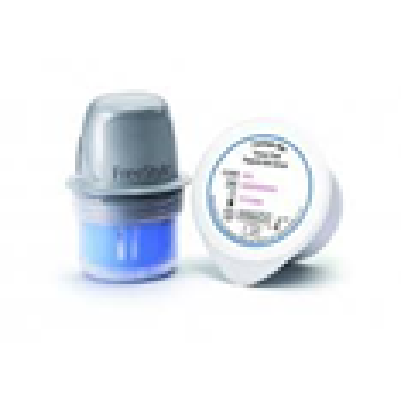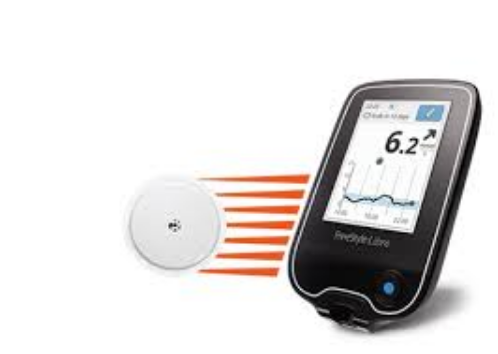What is CGM?
Continuous glucose monitoring is a way to see an individual’s glucose levels in real time (every five minutes). This happens continuously as the name suggests. CGM also provides more information that just the glucose level (which is all that is provided when a person with diabetes performs a finger stick). It can also provide what is known as trend arrows and alarms to alert the wearer their glucose level are trending up or down very quickly and needs action. This allows the person to have more proactive input into their diabetes management and, to some extent, take some of the “guestimation” out of insulin dosing.
Components of CGM.
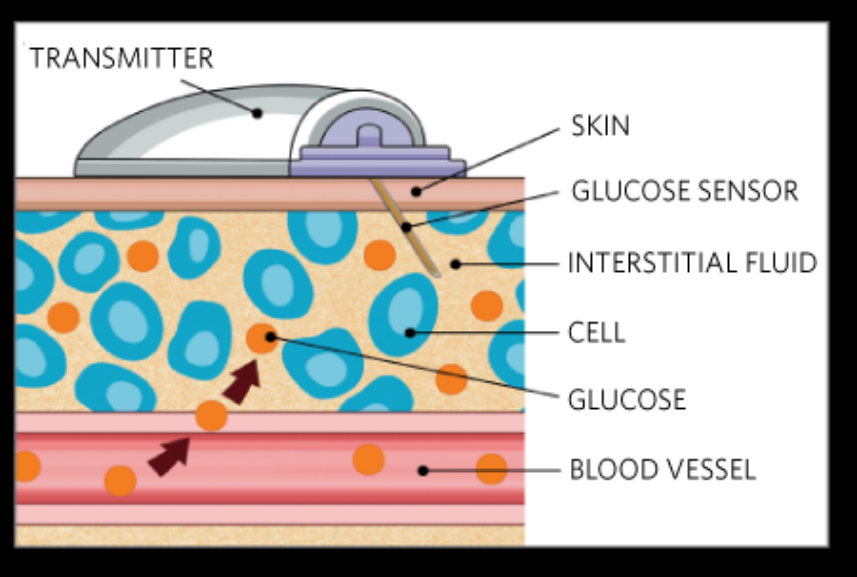
2 The transmitter – this is attached to the sensor and sends the glucose reading from the sensor to the receiver. The transmitter will need to be replaced depending on the type of system being used.
3 The receiver – this can take the form of an insulin pump, android, or iPhone, or receiver. The receiver will show both the glucose reading and trend arrows which gives the person with diabetes (or carer) more information to make informed management decisions.
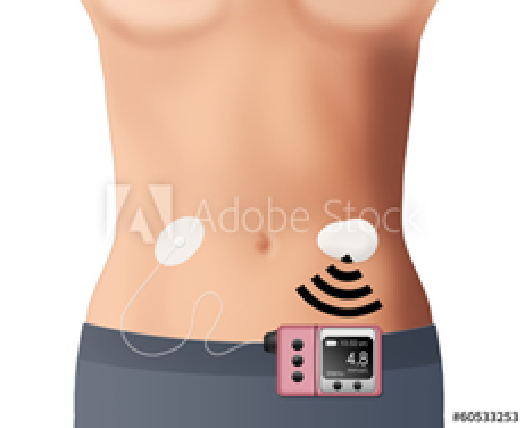
Explaining differences between blood glucose and sensor glucose levels
Continuous glucose monitoring does not necessarily mean the wearer never has to participate in finger pricking again. It is well recognised if the symptoms the wearer of CGM are experiencing, do not match the numbers on the receiver then a finger check should be performed. Often there can be a delay of glucose transfer from body compartments, causing this discrepancy in the symptoms.
SG-Sensor Glucose
BG-Blood Glucose
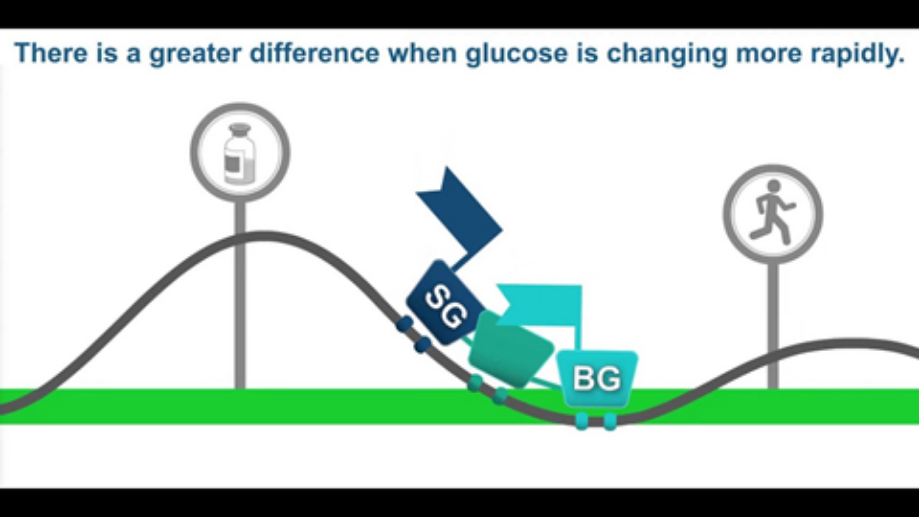
Imagine blood glucose is at the front of a roller coaster and sensor glucose is the back of a roller coaster. When the roller coaster is travelling flat, both the sensor and blood glucose have the same result.
When glucose levels are trending up or down very quickly, the sensor and blood glucose levels may have a different result and will take time to “catch up” to one another again.
Available CGM devices
AMSL (Australasian Medical and Scientific Ltd)
Medtronic
What is flash monitoring?
Abbott Diabetes Care have used the words “flash monitoring” to describe their glucose monitoring system where the user is able to scan a sensor they are wearing and get a glucose result within one second. This is “flash” monitoring.
Abbott Diabetes Care promote no need for finger pricking or any calibrating when using their system UNLESS the symptoms being experienced by the user DO NOT match the numbers shown on the reader or compatible phone.
This again is due to what is known as sensor lag and can be explained by the delay of glucose transfer from body compartments. This is most often experienced when glucose levels are trending up or down quickly.

SG-Sensor Glucose
BG-Blood Glucose
A finger check at this time is essential and the blood glucose result should be used as the most accurate result.
Components of Flash Monitoring.
